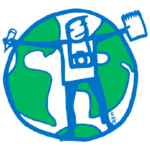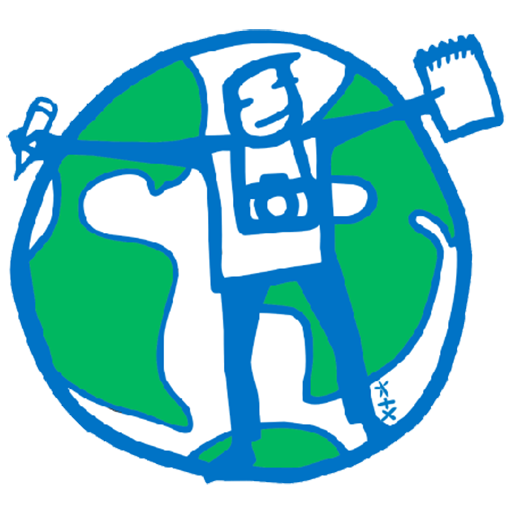 On October 31st, our group of 8 students was given the theme of electronic waste to investigate as a part of the YRE Workshop in Cascais, Portugal. Electronic waste is old or unwanted electric technology/equipment, that people no longer need. First, at the Hotel Baia, we had a chance to inverview Ms. Gosia Luszczek, the cooridinator of YRE Inernational, about her experience in the organization and some information about electronic waste. “Electronic waste contains several materials, that are poisonous and hard, or even impossible to recycle,” she said. When asked what the FEE (the umbrella orangization for YRE) was doing for this problem, she mentioned the 5 global programs of FEE, such as Eco Schools, but the FEE “does not focus specifically on one problem.” Furthermore, she believes that “to create change, we must develop our knowledge, and have people who understand the situation.” Next, for the solutions to this problem, she adivsed that “people stop buying new technology, if previous is working properly” and thinks that “materials should be recyclable.”
On October 31st, our group of 8 students was given the theme of electronic waste to investigate as a part of the YRE Workshop in Cascais, Portugal. Electronic waste is old or unwanted electric technology/equipment, that people no longer need. First, at the Hotel Baia, we had a chance to inverview Ms. Gosia Luszczek, the cooridinator of YRE Inernational, about her experience in the organization and some information about electronic waste. “Electronic waste contains several materials, that are poisonous and hard, or even impossible to recycle,” she said. When asked what the FEE (the umbrella orangization for YRE) was doing for this problem, she mentioned the 5 global programs of FEE, such as Eco Schools, but the FEE “does not focus specifically on one problem.” Furthermore, she believes that “to create change, we must develop our knowledge, and have people who understand the situation.” Next, for the solutions to this problem, she adivsed that “people stop buying new technology, if previous is working properly” and thinks that “materials should be recyclable.”
The next day, we visted the educational centre of the European Reclying Platform (ERP). The ERP is an international operator in 16 European countries ( as well as a few other countries) and partners with recycling centres and waste collection companies. Mrs Filipa Moita, the communication and marketing officer of ERP Portugal, gave us a tour and explained the process of electronic waste management in Portugal.
“There was a directive REEE (to start collecting waste of electronic and electric equipment ) in 2003 … in 2010, there was a directive to also receive batteries and accumulators” she told us. She then explained process for people to despose of their old equipment : “There are 3 options . You can drop off your equipment in shops, which are legally obligated to collect old equipment that you bought. You can also put them in depositrão (containers for electronic waste placed around town.) Or, you can bring them to receiving centres,where the waste is divided “ she explained. Next, at the consolidation centre, the waste is sorted into 6 groups : Big machines, cooling machines ,lamps, TVs / screens, small machines(others ) and batteries. “The waste is checked to see if it works. If it does , it is packaged and can be reused. If not, it is used for raw material, or treated and burned for energy. “ Mrs Moita also showed us the 5 mascots for the 5 main categories: Grandão , Fresquinho , Luzinhas, Antenas and Vapores. She said that they are used to explain the categories to kids more easily, and as a “communication tool,” in environmental session to teachers in schools. Raw materials, such as plastic and glass , can be crushed to make products such as buckets or dustpans. Our guide showed us some samples of crushed materials. “ Copper and plastic can be used to make new pipes,” she added. Moreover , Mrs Moita explained that companies “sign a protocol to transfer the recycling responsibility to ERP.” This cost is added to the price of the product. Companies can then buy the materials from recycling centres , but ERP “does not track” them. Money is also used for research and development , such as creating “new recycling processes”, “designing new products”, or researching the public opinion. Finally, we thanked Mrs. Moita and returned to the hotel.
Group 3: Max Erenberg, Connie Le, Mārtiņš Seleckis, Irina Gavrilova, Reyhan Helmazovorska, Veronika Moncoľová, Shahar Gaon, Pedro Gonçalves.



You must be logged in to post a comment.